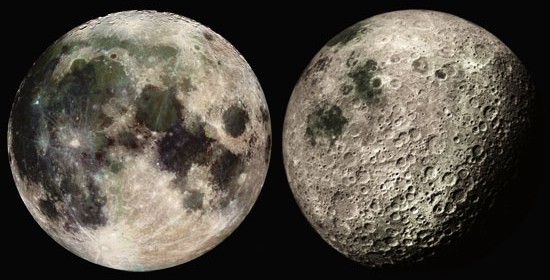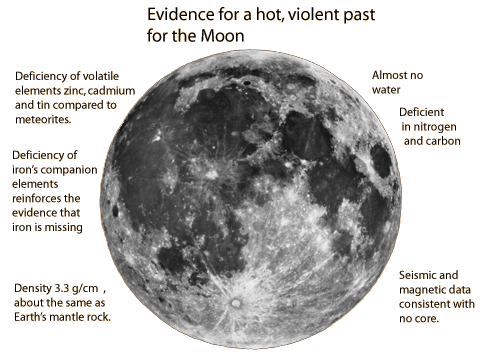Tracing The Moon’s Origins


A team from Harvard University reexamined collision models and found that the early Earth could have been spinning much faster when it was struck than was previously believed—so fast that a day would have lasted less than 3 hours. At that rate* the colliding planets would both have-been obliterated, and the resulting debris cloud could have recombined to form Earth and its moon from roughly the same material. Experts are still debating how big Earth and the other planet were when the smashup occurred and are “only part of the way” toward settling on “a more satisfying” explanation for the moon’s origins, Cal-tech planetary scientist David Stevenson tells the Los Angeles Times. Since the crash demolished most evidence of what both planets were like pre-impact, adds UCLA astronomer David Paige, “it’s a whodunit mystery with very few clues lying around.”

 Print
Print